Succulents plants have fleshy leaves and stem that make them adaptable to harsh environmental conditions like less rainfall. This characteristic that suits them as indoor plants succulents since they will not require frequent watering. They are also versatile to the warm conditions found in the home. Lowlight succulents are the best for decoration, either in homes, offices, or commercial buildings like boutiques. They offer various benefits like air purification and others.
Lowlight condition does not mean a lack of light because every plant requires light for photosynthesis. It means that the plant can survive bright indirect light in a room through openings like windows. If the light is not available in the home, you should provide a grow light for the shade-tolerant succulents.
1. Aloe vera
It’s the best-known species of the Aloe genus, and smaller varieties are the appropriate choice for indoor plant succulents. This plant has thick gel and fleshy green leaves, which are medicinal. Its mostly cultivated commercially for agricultural and medicinal uses. Another unique species is Aloe aristate, a shade-tolerant succulent and resilient in temperatures above 40 degrees F.
Growing Tips
- Water only once a week when the soil becomes dry
- Requires bright filtered light/ small indoor light to keep it fresh
- Use organic seaweed fertilizer and apply every fortnight.
- It requires dry air
2. Snake Plant (Sansevieria trifasciata)

Its also called the mother- in- laws tongue. The leaves are long and point upwards with a sharp apex. Some plant leaves may be green, and others have yellow edges. These plants help to purify the air by getting rid of formaldehyde and benzene toxins and, therefore, a worth indoor plant. They can survive for many years and grow up to 5 feet tall. Leaves contain saponins which are toxic to domestic animals like dogs.
Growing Tips
- Require less water
- Apply fertilizer once a month
- Survives low light but does best in direct sunlight
3. Ponytail Palm (Beaucarnea recurvata)
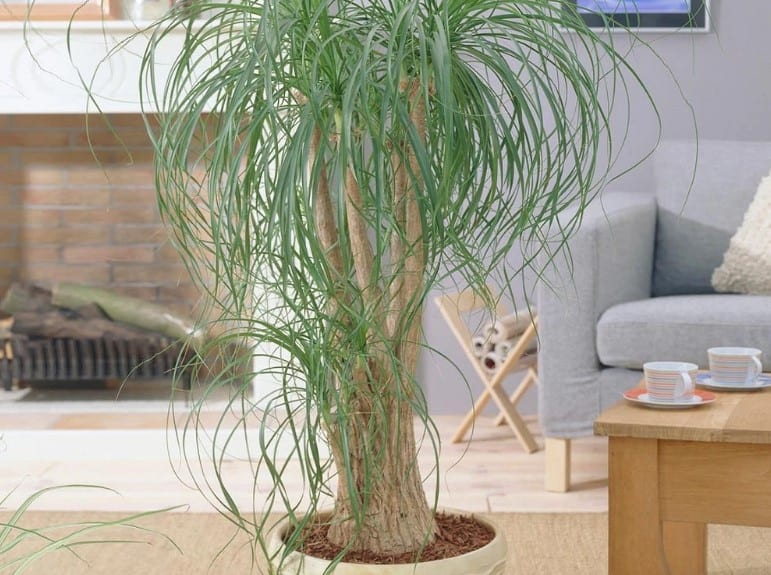
They are fleshy plants that belong to the Agave family. They have bulbous, thin, and long trunks that help them to store water. Their leaves are hair-like and grow from the top of the stem, thus the name ponytail. They are easy to look after and require little watering.
Growing Tips
- Require fast-draining soils
- Tolerate medium to low light
- Apply liquid fertilizer 2-3 times for the whole growing season
4. Jade Plant ( Crassula ovata)
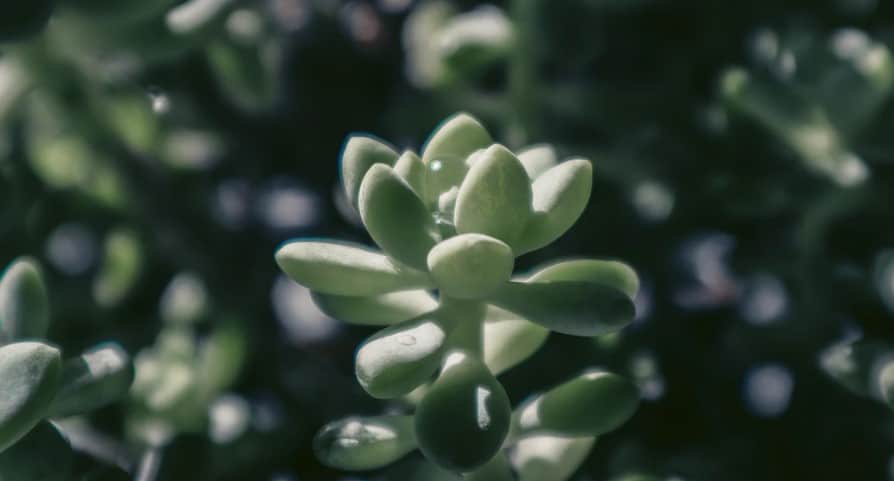
It comes in several varieties, adapted as indoor plants. The house plant has fleshy green oval leaves. This plant takes time to grow to become too large for the container. When grown in the open, it can become a small bush. Sometimes called the money plant or dollar plant, thought to bring good luck to their owners, so they were often given as housewarming gifts.
Growing Tips
- Require bright light to grow well though it can survive in shady areas
- Does well in dry air
- Grow it in well-drained soils
5. Crown of Thorns (Euphorbia milii)
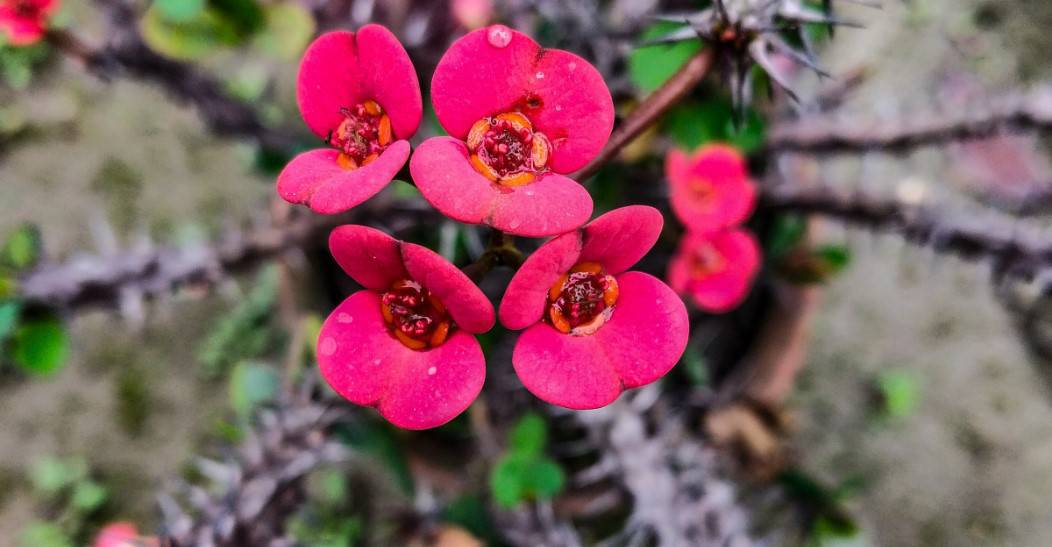
This plant becomes more succulent in low light as the rate of water loss is highly reduced. It’s a highly toxic plant that can grow in full sunlight and blooms continuously. The leaves appear on stems, armed with sharp, inch-long spines. The plant gets its common name from the belief that the thorny crown worn by Jesus at his trials came from parts of this plant.
Growing Tips
- Requires less watering
- Tolerant to very high temperatures
- Protect it from frost
6. Bear Paw (Cotyledon tomentosa)
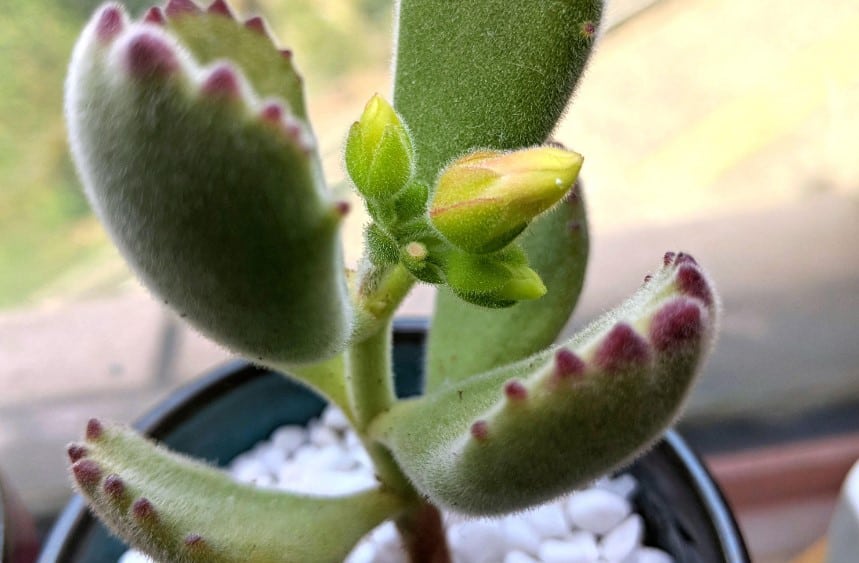
It’s called bear paw due to its lovely fuzzy leaves. The plant contains two cotyledon ones for the summer season and the other for the winter period. The two cotyledons are semi-dormant during summer, meaning none express itself more than the other during this period.
Growing Tips
- Require well-drained soils
- Needs bright t medium indirect sunlight
- It requires less water only water when it starts to lose its turgidity
7. Flaming Katy ( Kalanchoe blossfeldiana)
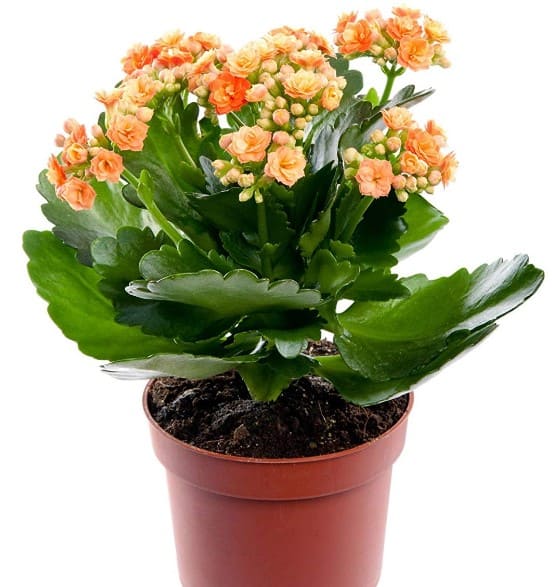
It has beautiful, bright orange flowers that make it the right choice as a table plant or a desk centerpiece. The plant is resilient to lowlight but grows well and blooms in a bright area. Apply water from the base of the plant to prevent water spotting and rot on the leaves. Allow the top of the soil to dry out completely before watering again.
Growing Tips
- Require a potting mix which drains well
- Grow in maximum temperature of 50 degrees F
- Does well in shaded light
8. Aeonium Kiwi (Aeonium haworthii)
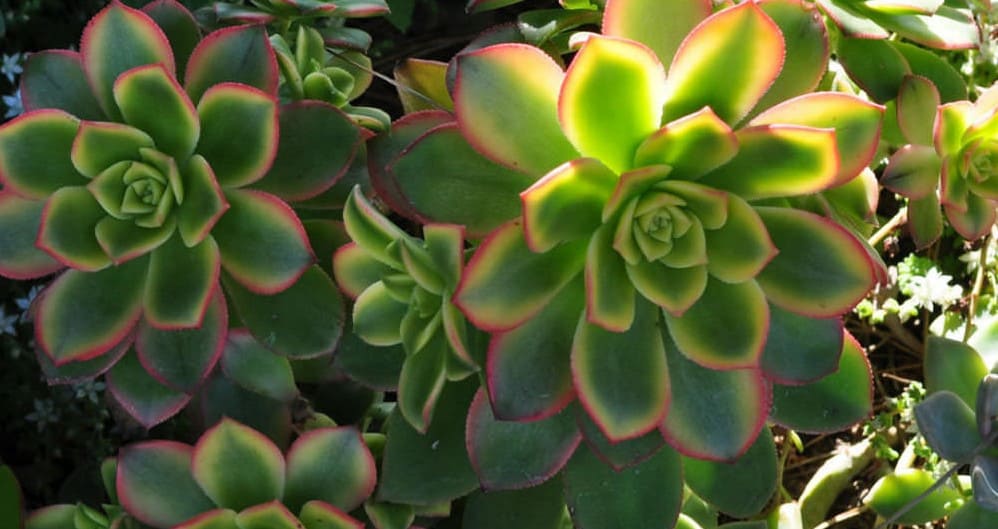
It’s a rugged fleshy plant and does well in hot climates. The plant adapts well to drought conditions and has colorful leaves with red edging, green blade coloring, and a yellow spot at the center. Kiwi is monocarpic and only flowers once a month.
Growing Tips
- Water it only when the plant is dry
- Grows in full and partial shade
9. Wax Plant (Hoya obvata)
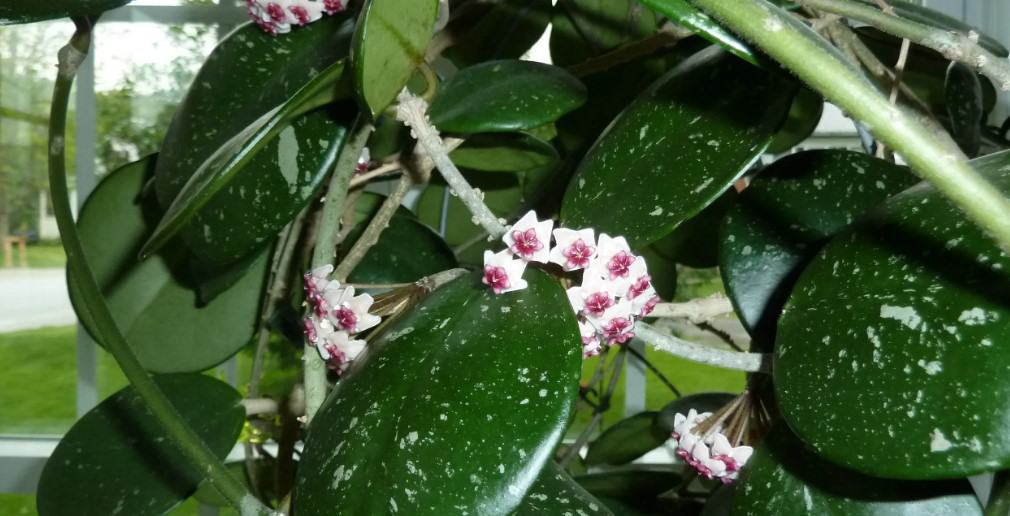
They are popular climbing vine-like plants, which grow fast and are resilient. The leaves are dark-green, waxy, thick-round with tiny discrete speckles. These plants do well in moderate to low light as they are favorable to direct sunlight.
Growing Tips
- Require humidity
- Needs temperature of 70 degrees F and above
- Grows in indirect sunlight or semi-shade
10. Pearl Plant(Haworthia margaritifera)
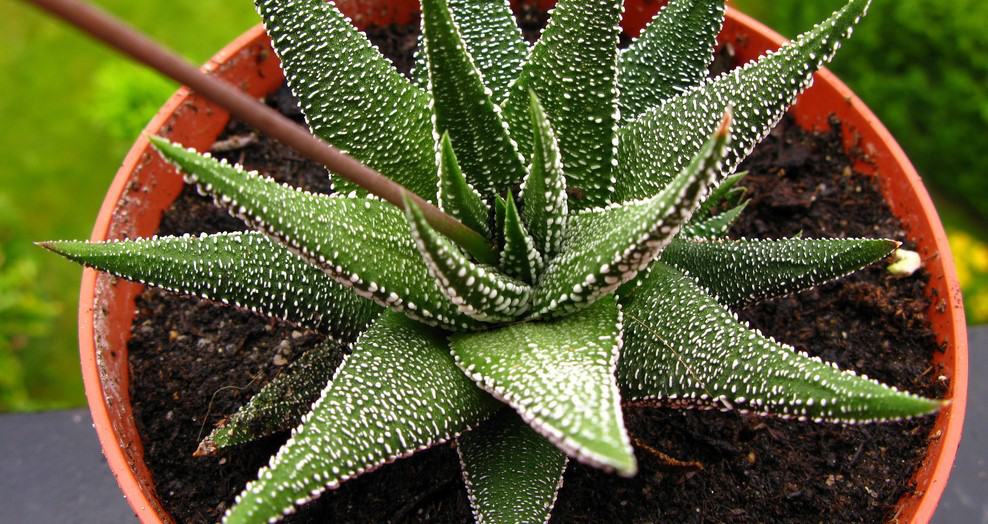
It is well adapted to indirect sunlight and, therefore, the right choice as a low light succulent. In the natural environment, the plants grow under bushes and are thus shade tolerant succulent. Their leaves have a deep dark green color with white markings, and this makes them very attractive.
Growing Tips
- Needs partial shade/ indirect light
- Require temperatures of 75-90 degrees F
- Sensitive to overwatering
Conclusion
Fleshy plants are easy to take care of as indoor plants. Most require less watering, and this makes their cultivation less hectic. But you should provide the conditions needed for them to flourish well like indirect light. When natural light is not available, that is, the room is dark, make sure to provide grow lights. Also, while buying the plants, ensure you choose the most resilient variety for home conditions like temperatures and humidity.

